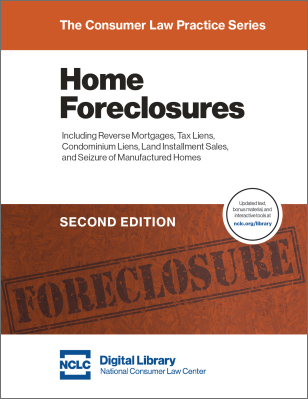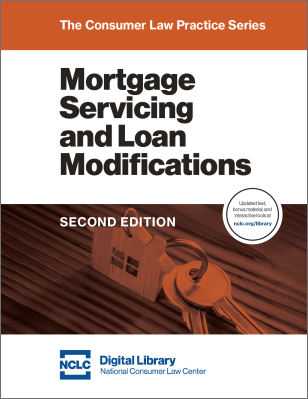A federal statute enacted in February provides important tax relief for homeowners involved in 2017 foreclosures, short sales, or loan modifications. Without the Qualified Principal Residence Indebtedness exclusion, this forgiven income is taxable, resulting in a devastating tax obligation to a family already in financial distress. This exclusion expired after 2016, but the February legislation extends the exclusion to income forgiven in 2017.
The Qualified Principal Residence Indebtedness Exclusion for Forgiven Debt Income
When a creditor forgives all or part of a debt, this can have major tax consequences for the borrower. The IRS Code treats the discharged debt as income to the borrower that is taxable like any other income. Known as “discharge of indebtedness income,” this unexpected tax burden can have devastating consequences for homeowners who have just gone through a foreclosure. The amount of a deficiency claim still owed to a lender after a foreclosure sale can easily run into tens of thousands of dollars. When the lender writes this debt off, the full amount is often reported as taxable income to the IRS. Loan modifications in which the lender agrees to principal reduction and short sales generate the same tax consequences.
Congressional action since 2007 has protected borrowers from the most severe tax impact of discharge of indebtedness related to their home mortgages. This aid came in the form of a special exclusion from taxable income for discharge of “qualified principal residence indebtedness.” 26 U.S.C. § 108(a)(1)(E). This provision allowed the borrower to exclude up to $2 million of the forgiven mortgage debt related to the property’s decline in value or to the borrower’s financial condition.
Congress acted several times since 2007 to extend the exclusion for “qualified principal residence indebtedness.” The most recent extension covered home mortgage indebtedness discharged before January 1, 2017 and to written agreements to discharge such indebtedness executed prior to January 1, 2017. Absent Congressional action to revive it, the “qualified principal residence indebtedness” exclusion expired on December 31, 2017 and would not apply to debt forgiven in 2017.
The February Legislation Extends the Exclusion
On February 9, 2018 the President signed into law a one-year extension of the exclusion. The retroactive extension was buried in the 652 page Bipartisan Budget Act of 2018, Public Law No. 115-123 § 40201. The full text of the law (H.R. 1982 – 115th Congress) appears here. The Act revives the exclusion from taxable income for qualifying principal residence indebtedness discharged before January 1, 2018 and to written discharge agreements executed before January 1, 2018. This will enable individual taxpayers to claim the exclusion for returns they file for their 2017 calendar year income. Given that Congress has rejected prior attempts to make the exclusion permanent, the likelihood of future extensions is doubtful.
For More Detail on When the Exclusion Applies and Related Information
There are important qualifications to the term “qualified principal residence indebtedness,” discussed in the digital version of NCLC’s Foreclosures and Mortgage Servicing § 12.6.4.7. In addition, § 12.6 examines other tax consequences of a foreclosure sale, and the rest of Chapter 12 explains other issues arising after a foreclosure sale.
Foreclosures and Mortgage Servicing considers mortgage servicing abuses, servicing requirements, loan modifications and loss mitigation options, defenses to foreclosure, and special issues arising from foreclosures relating to manufactured homes, land installments sale contracts, condominiums, reverse mortgage, tax liens, and foreclosure rescue scams. Chapter One is open to the public with no subscription required.



